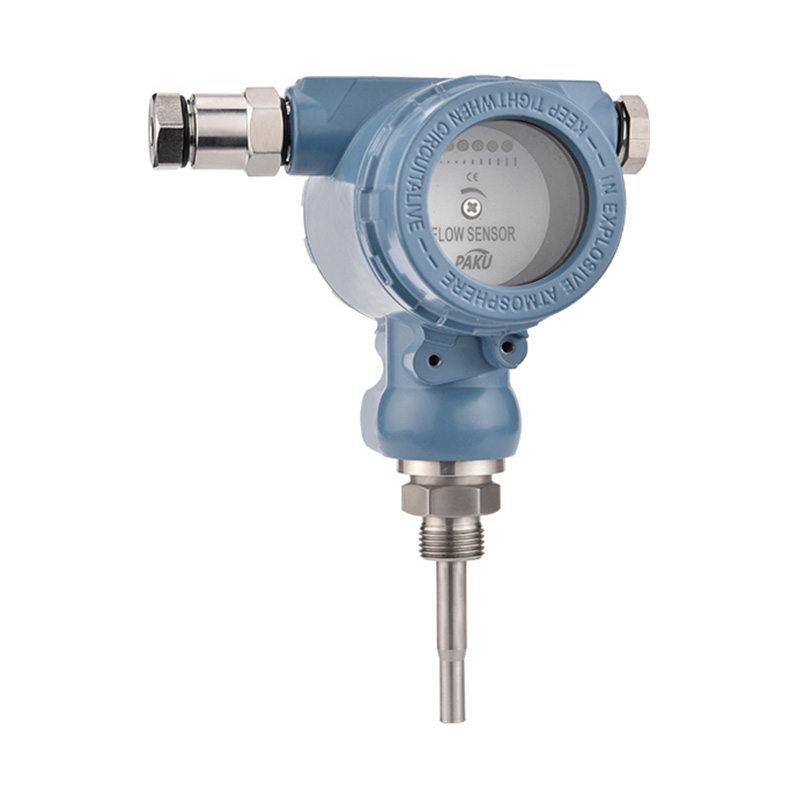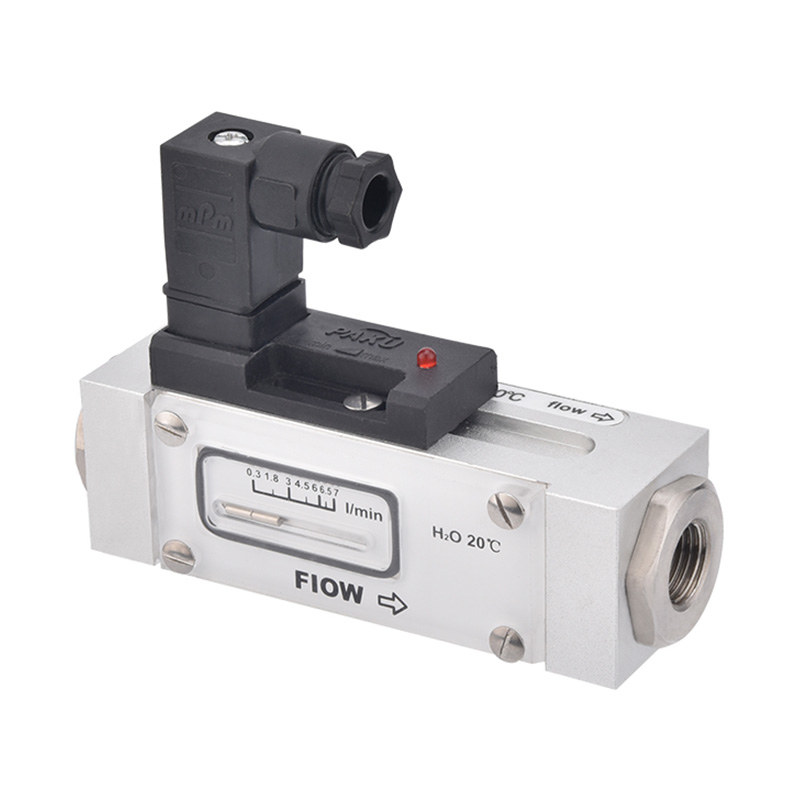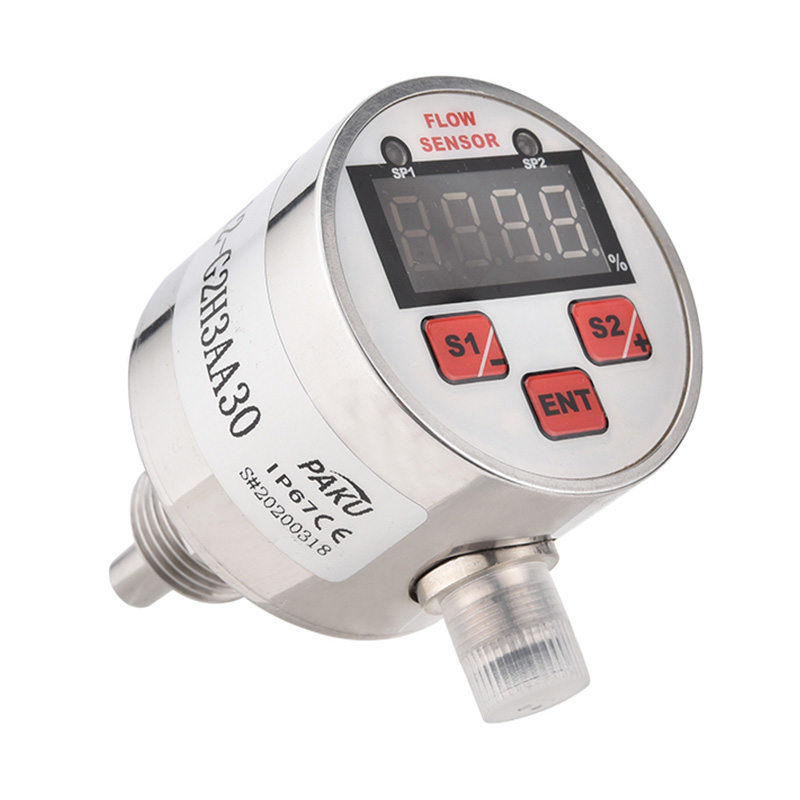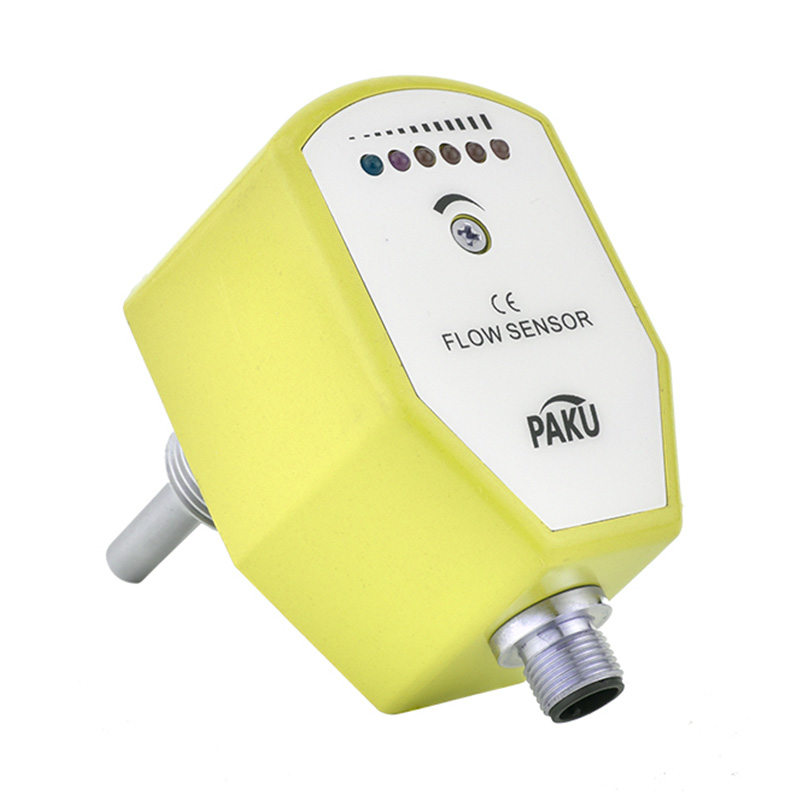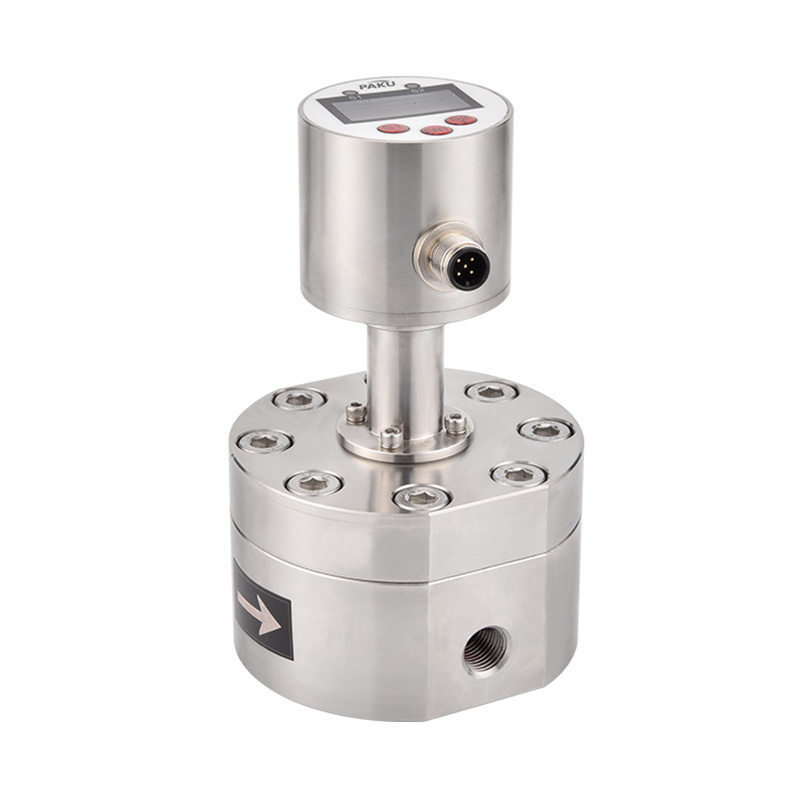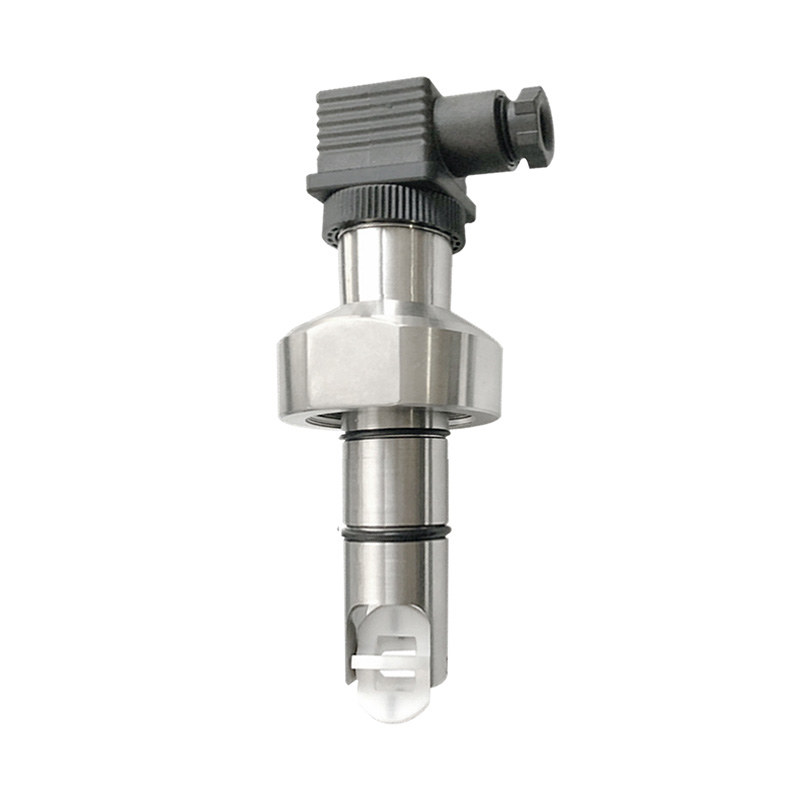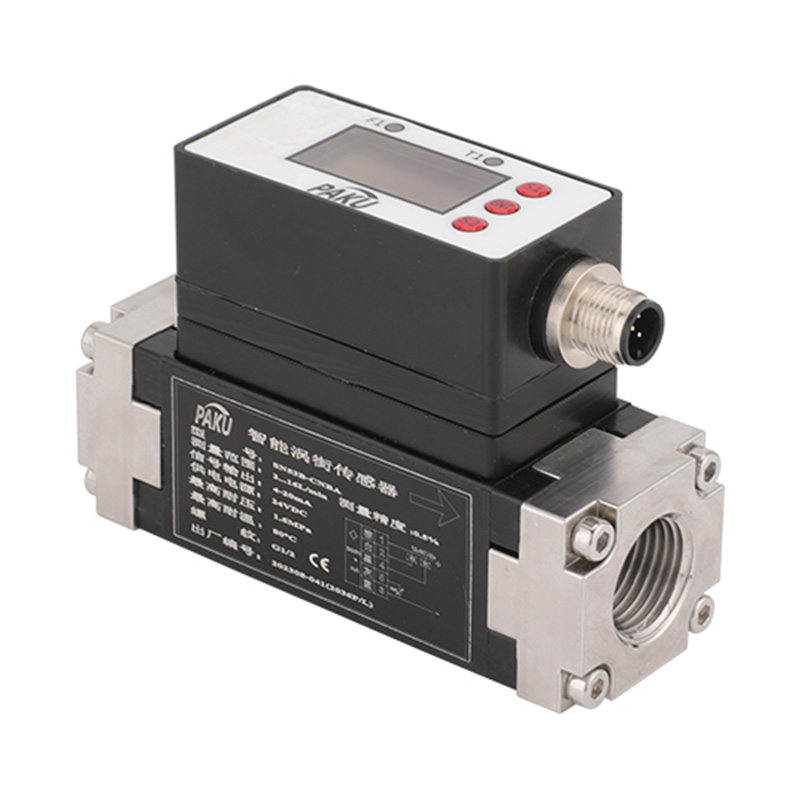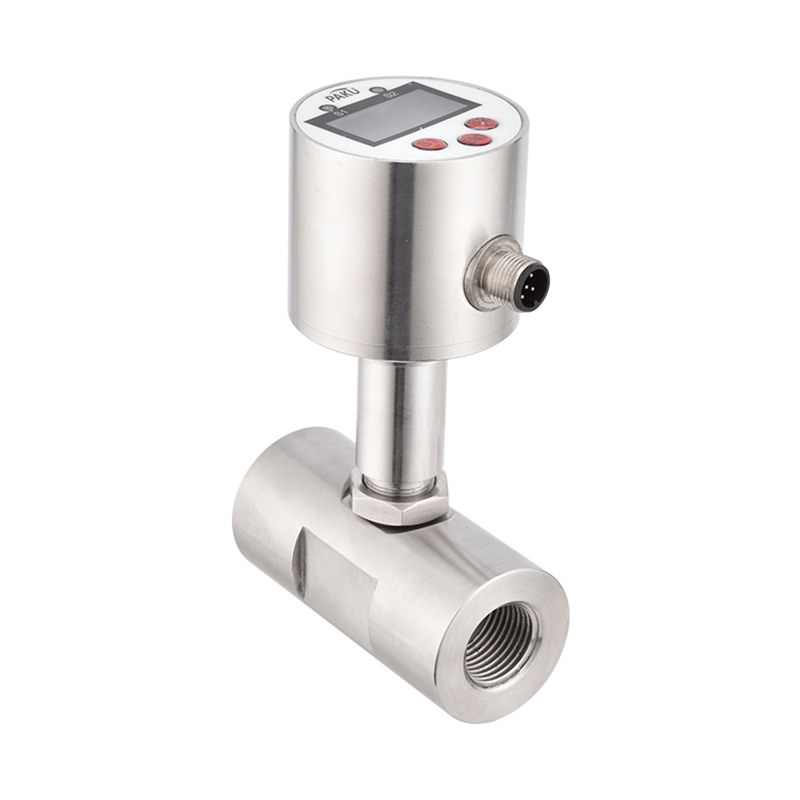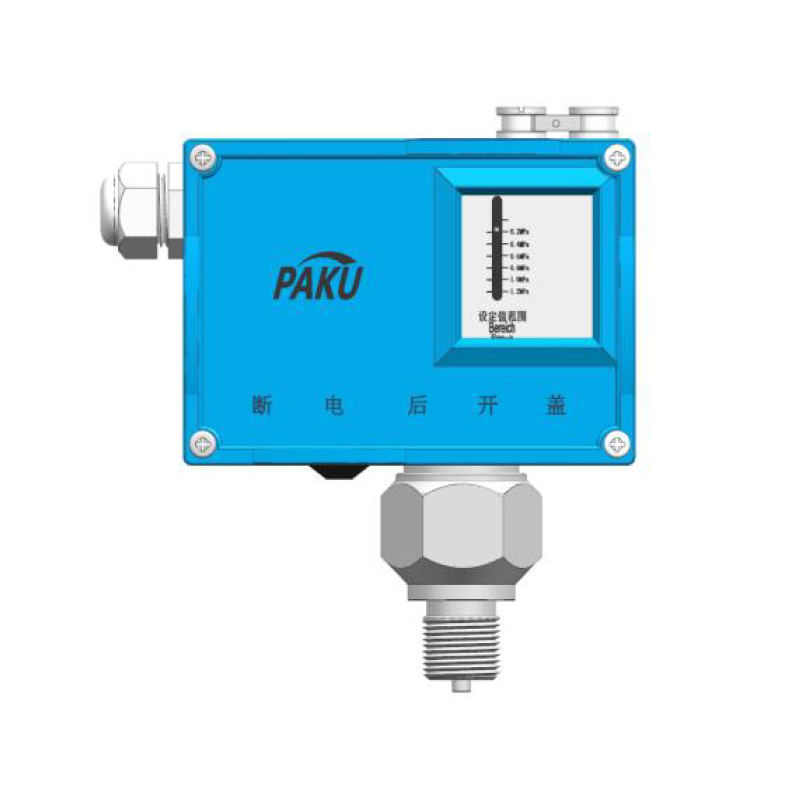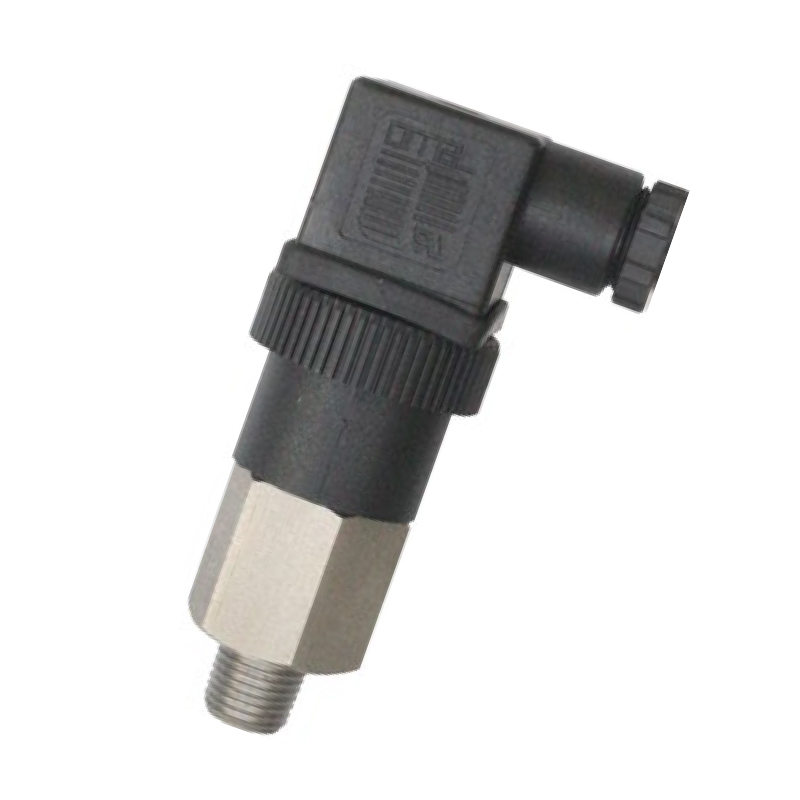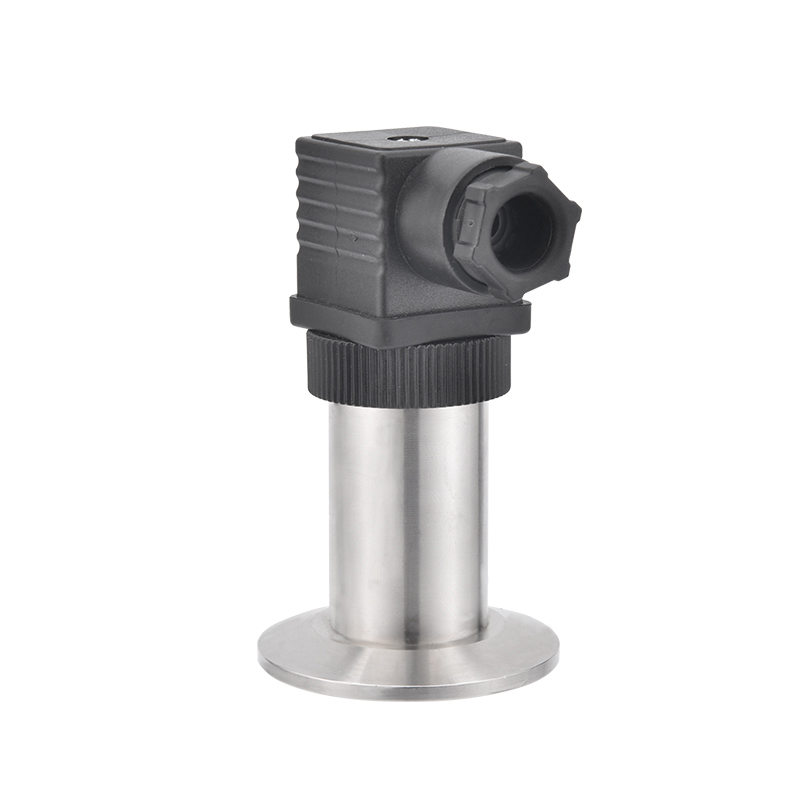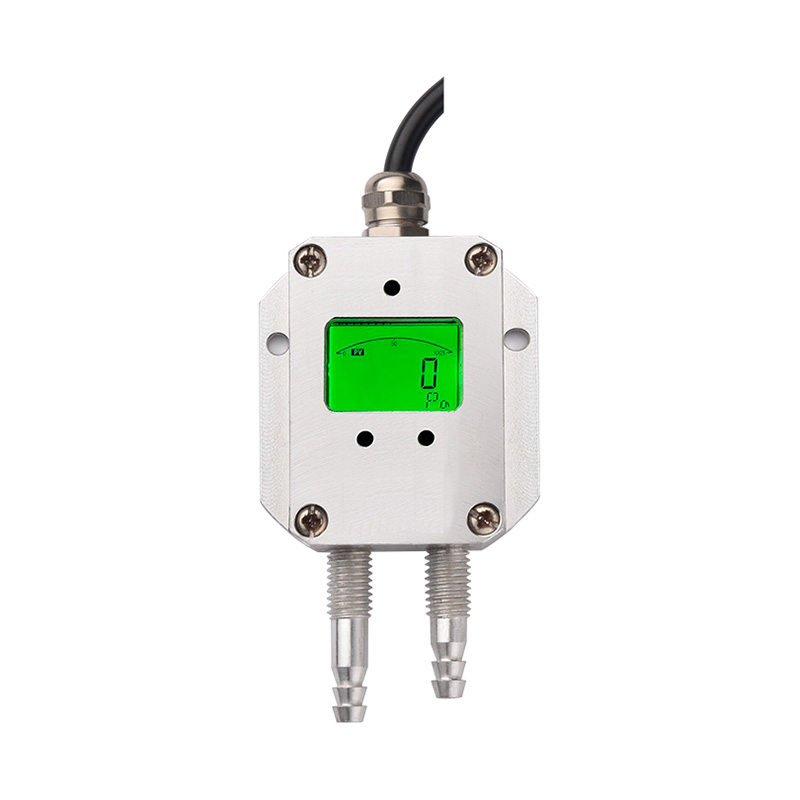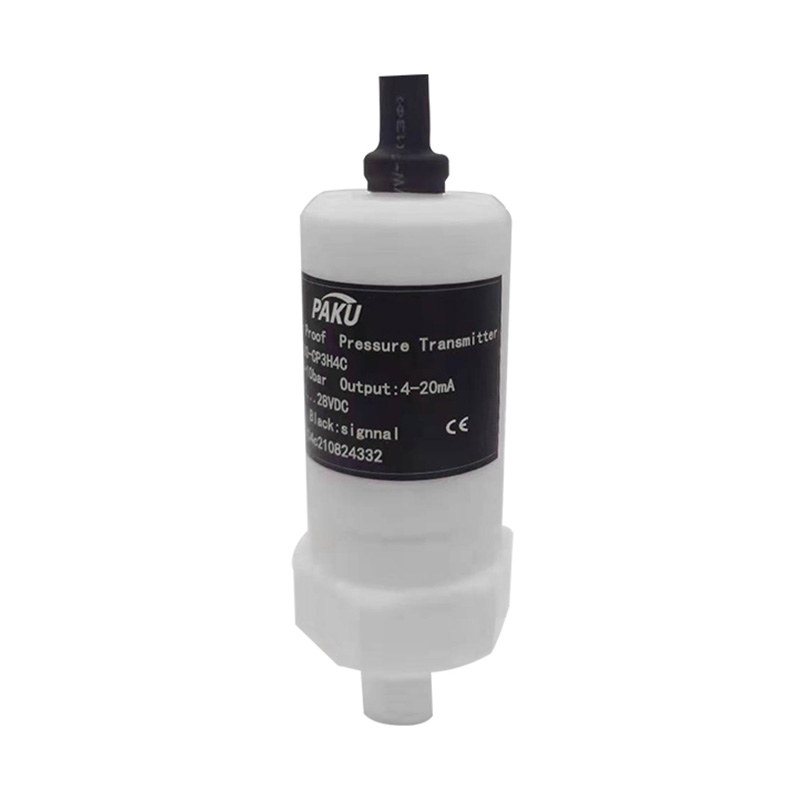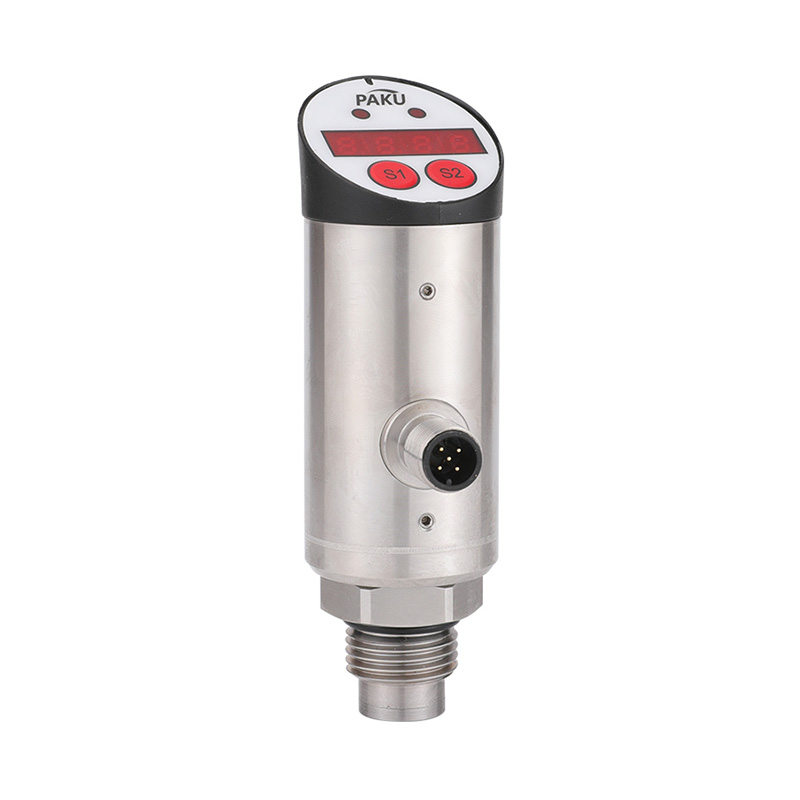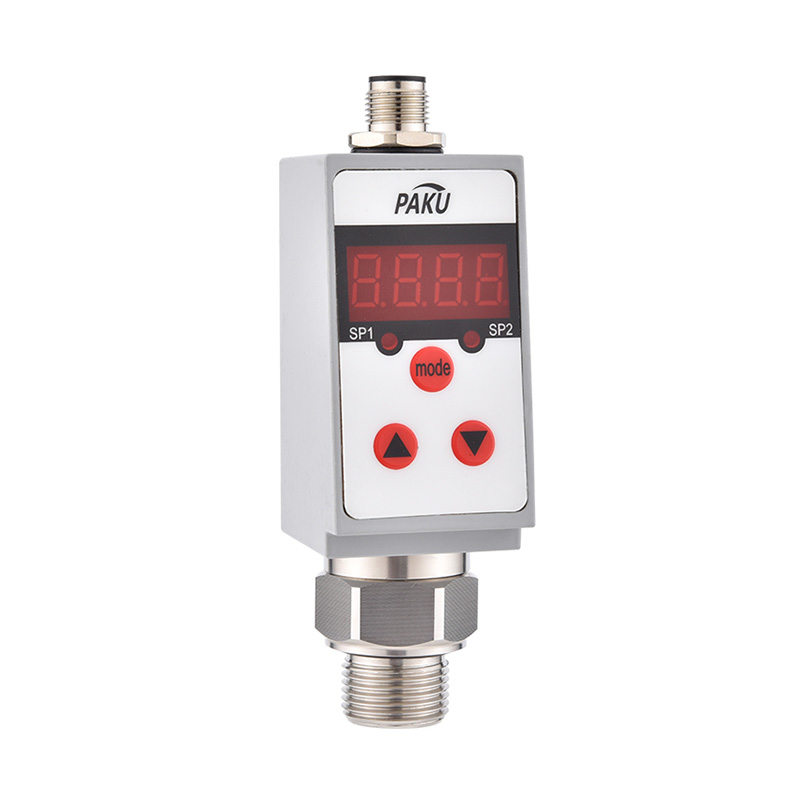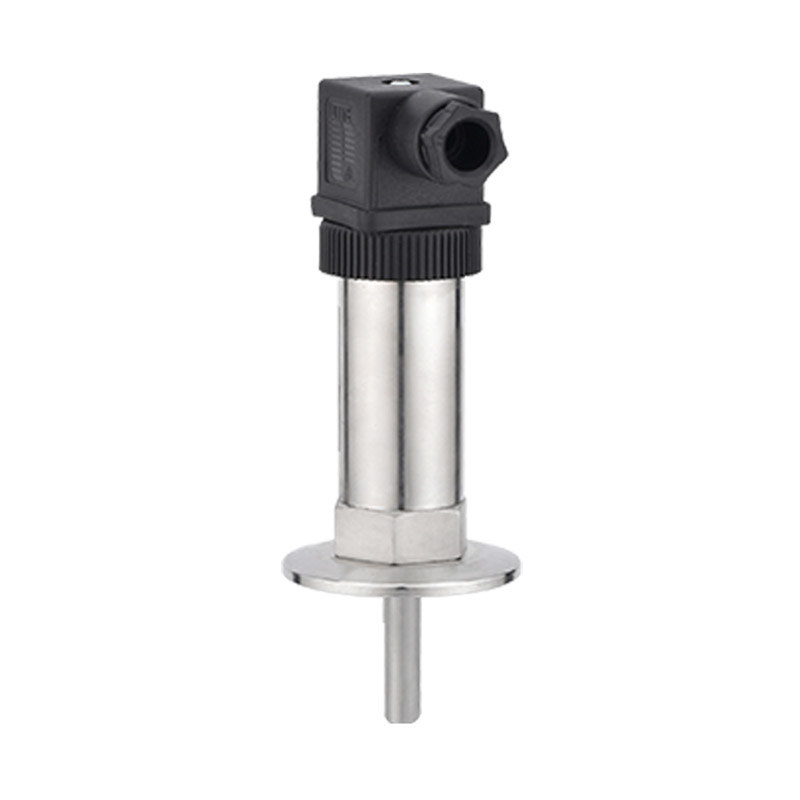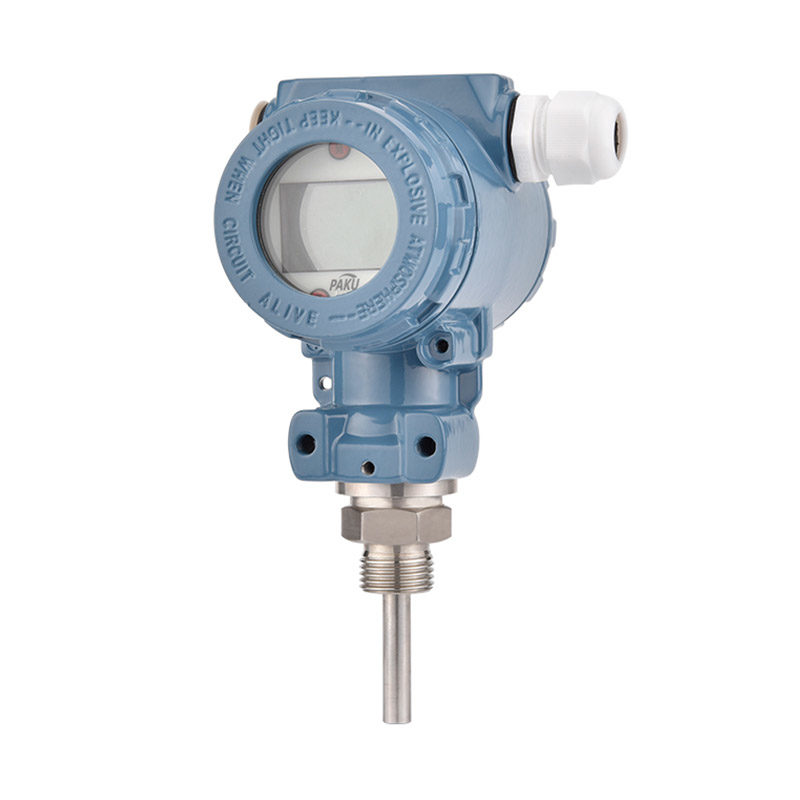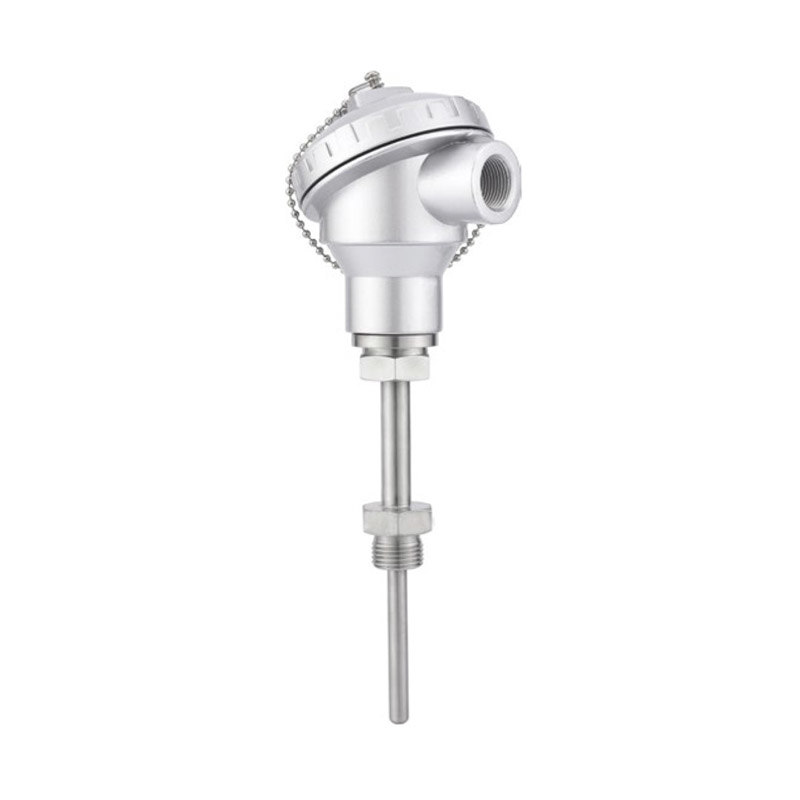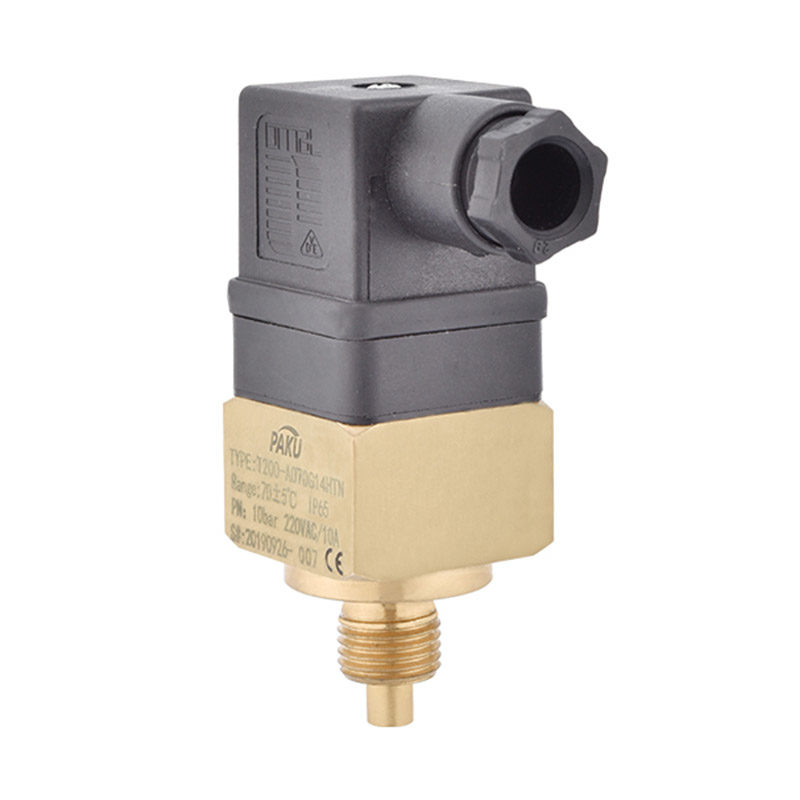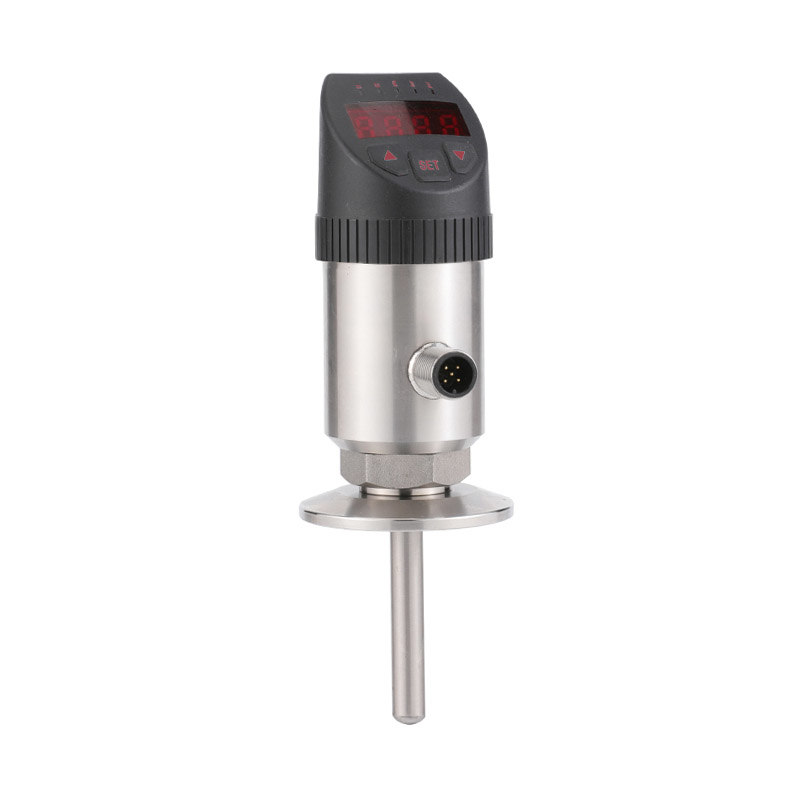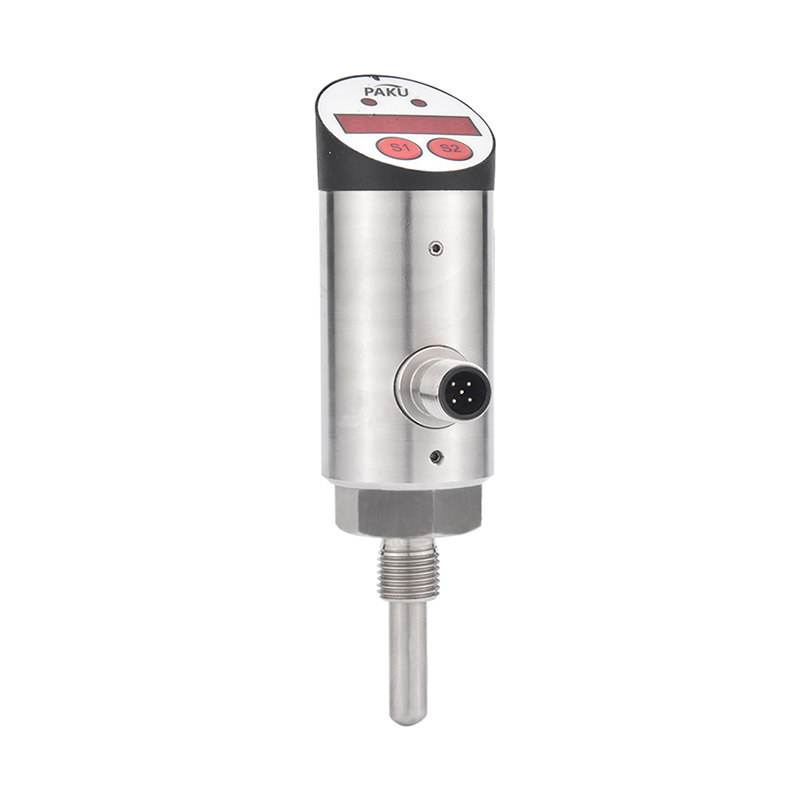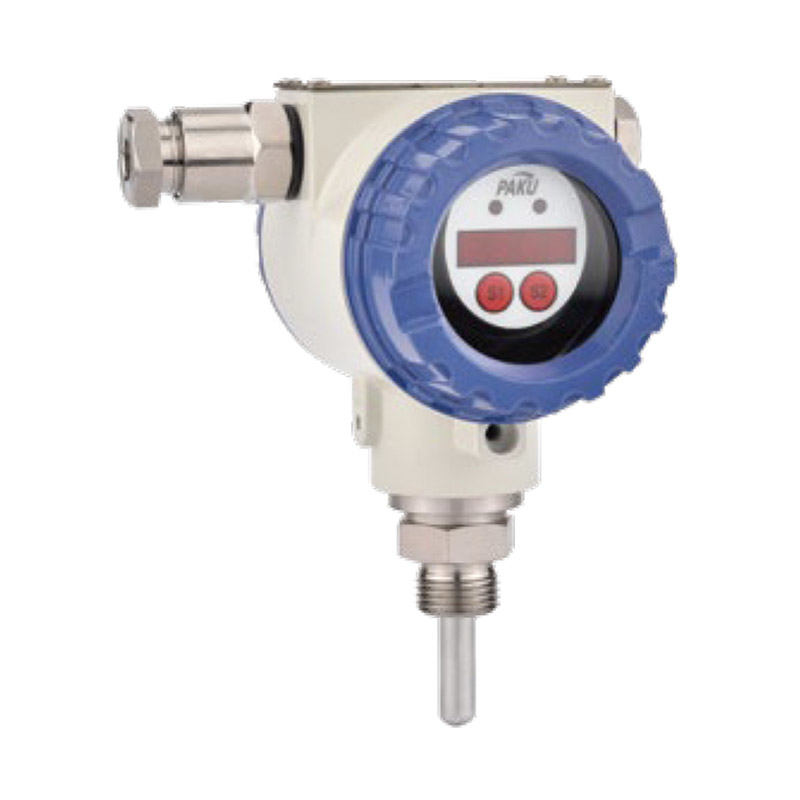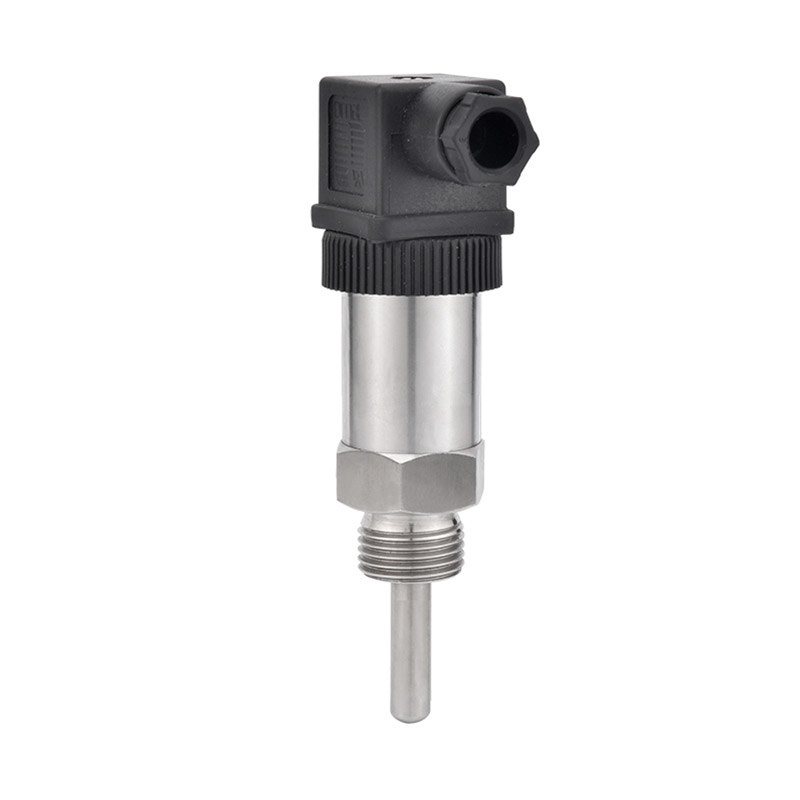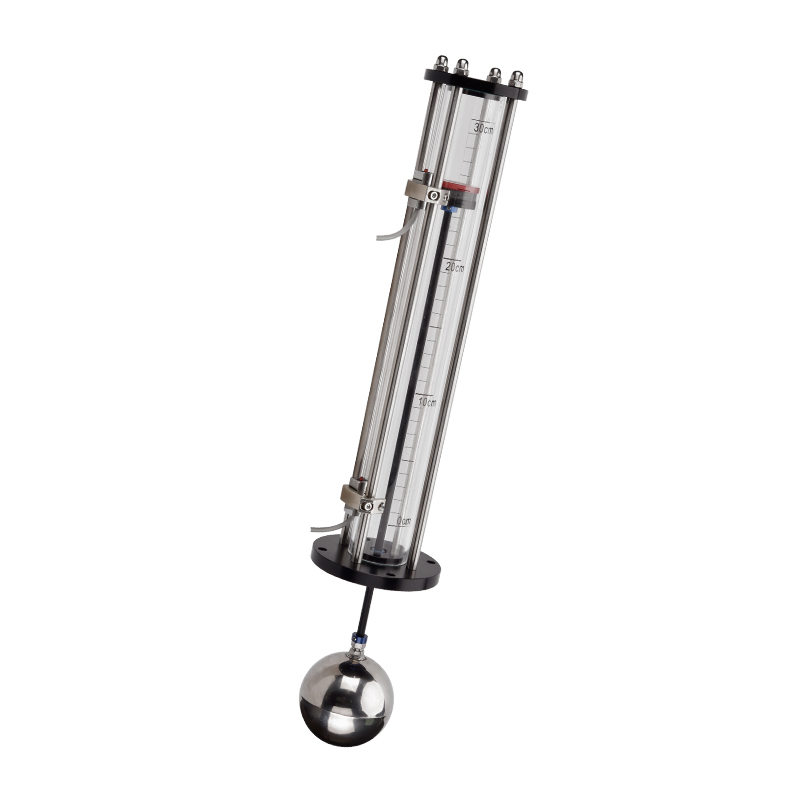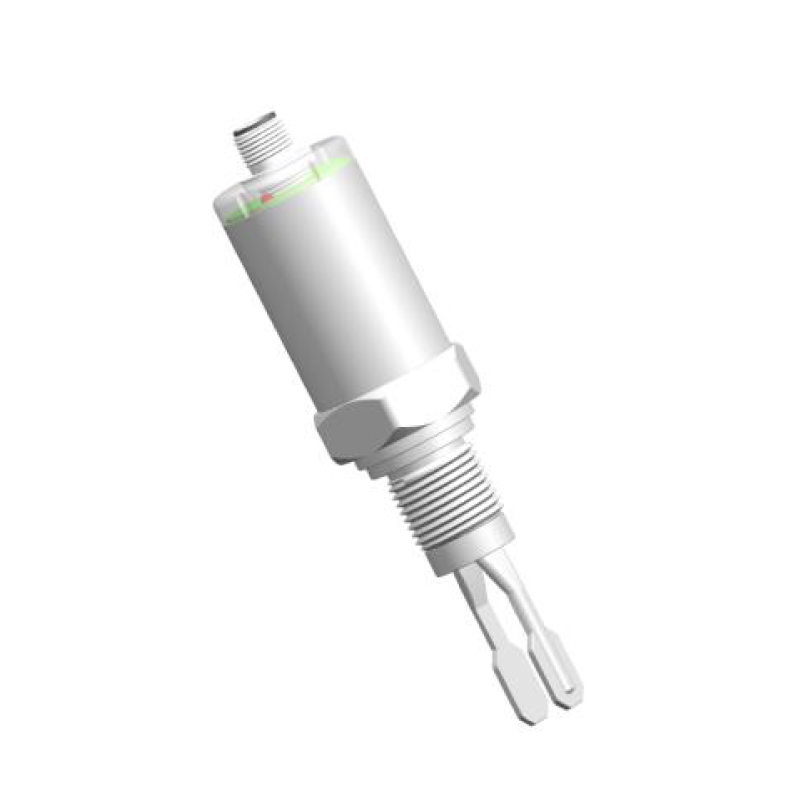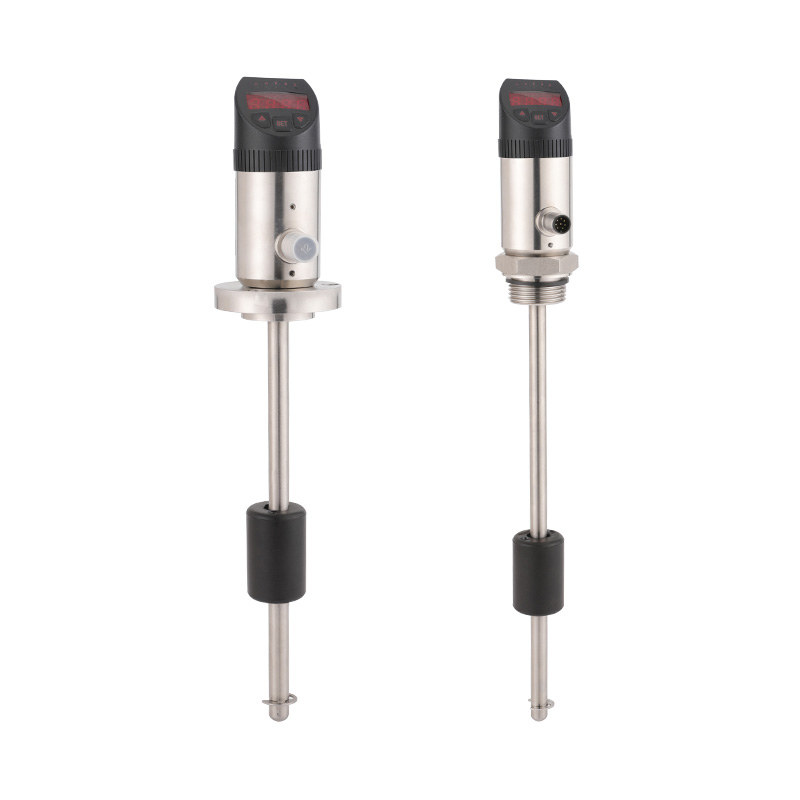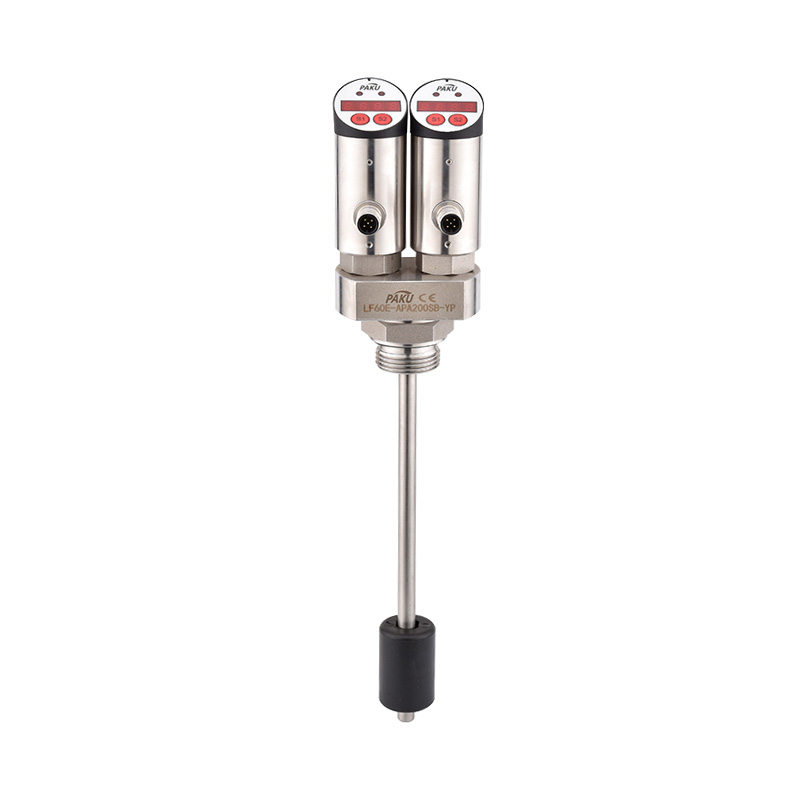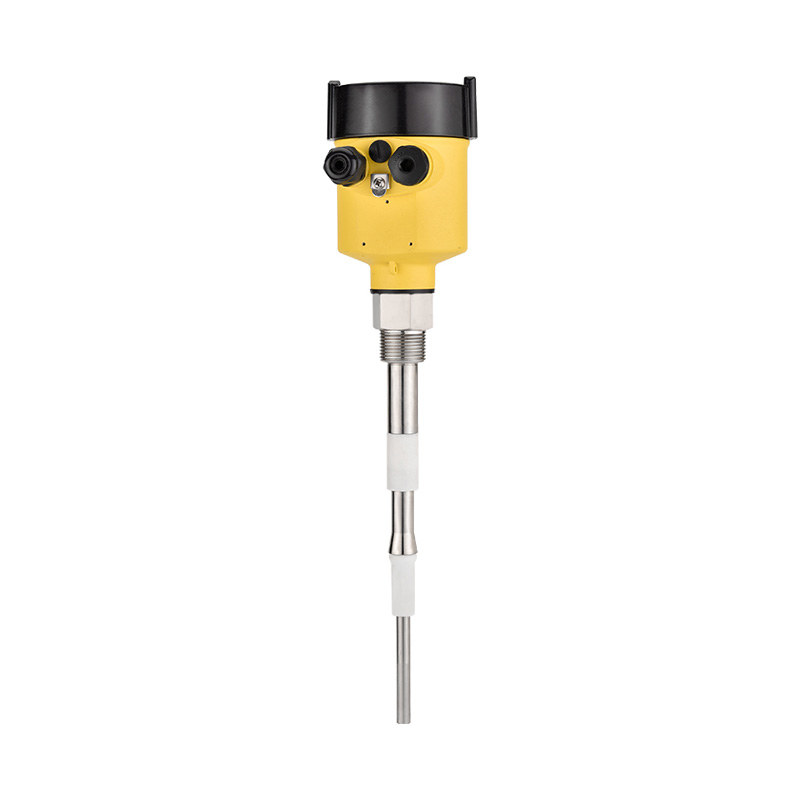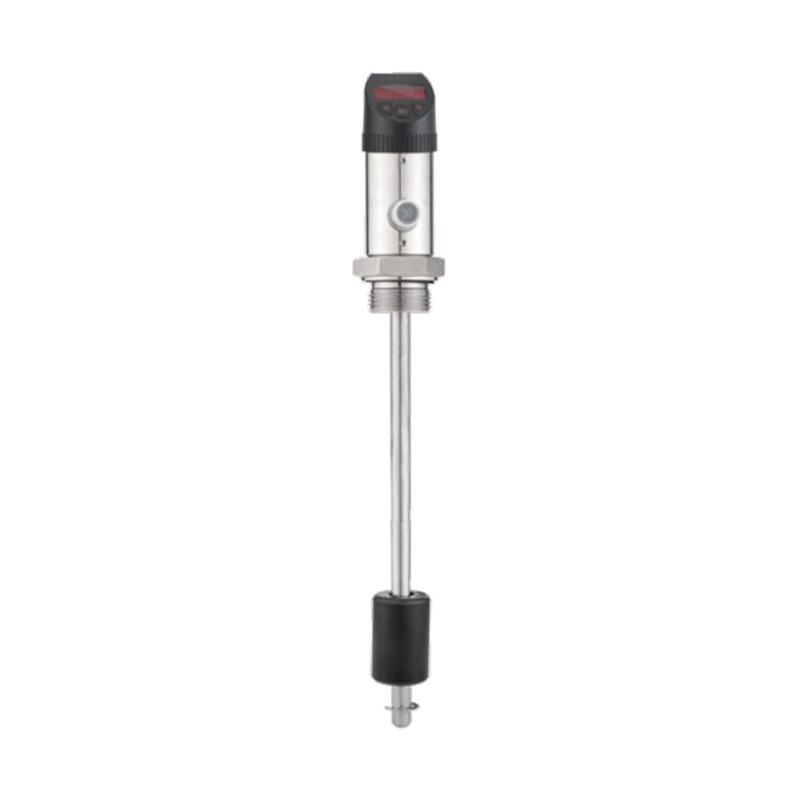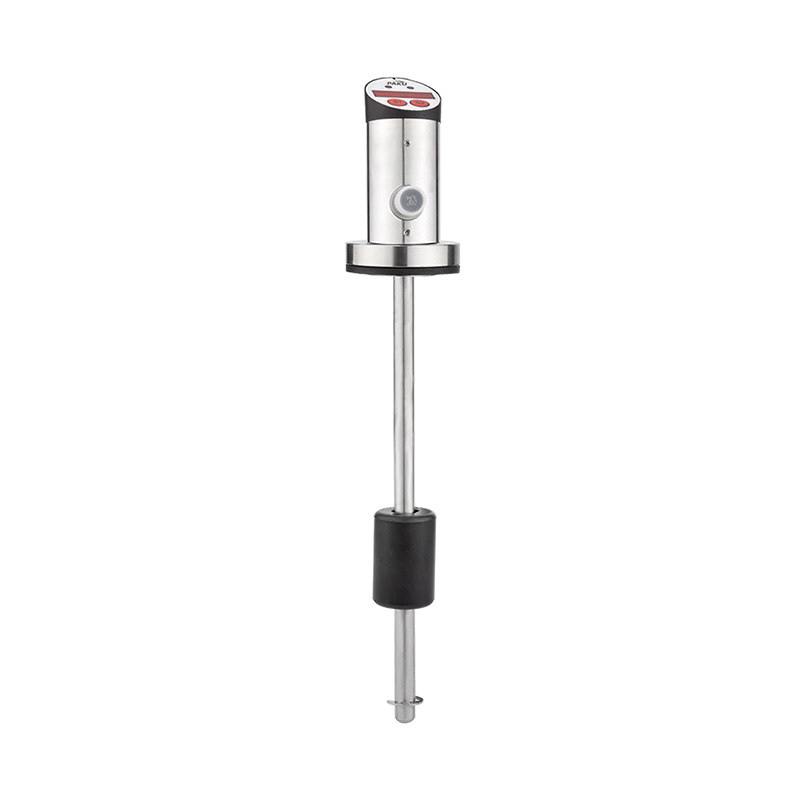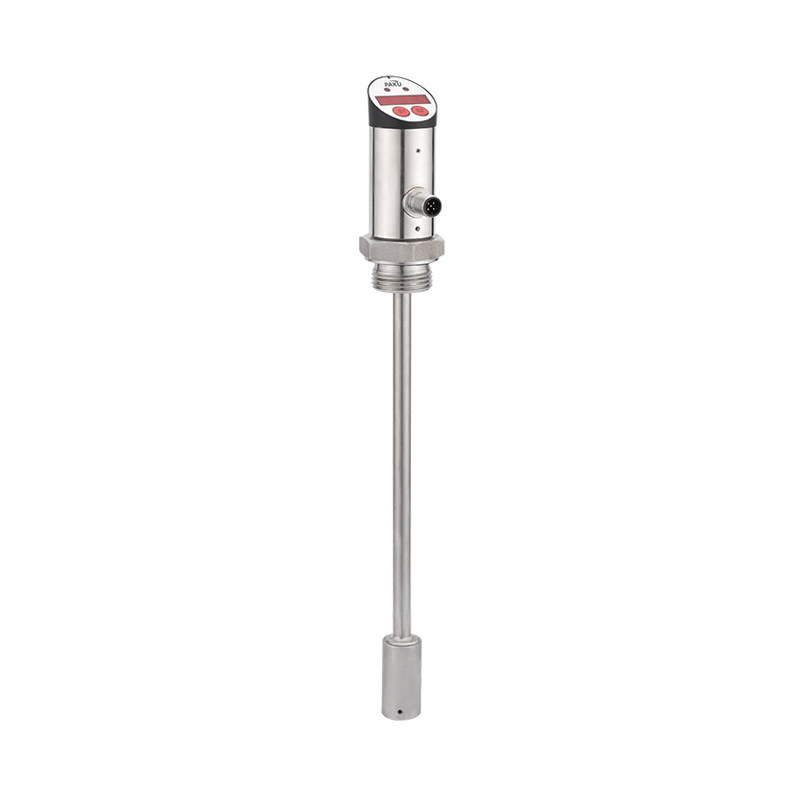If you need any help, please feel free to contact us
Understanding Pressure Sensors: Types, Applications, and Selection Guide
1. Introduction to Pressure Sensors
1.1 What is a Pressure Sensor?
A pressure sensor is a device that measures the force exerted by a fluid (liquid or gas) on a surface and converts this physical quantity into an electrical signal. The signal can then be processed, displayed, or used for control purposes. In simple terms, it acts as a bridge between the physical world of pressure and the digital or analog systems that interpret it.
1.2 Why are Pressure Sensors Important?
Pressure sensors are essential in modern technology because they:
- Enable safety and reliability: For example, in automotive systems, they monitor tire pressure and engine conditions to prevent accidents.
- Support precise control: In medical devices and industrial automation, they provide accurate data that ensures processes remain stable and efficient.
- Improve efficiency: In aerospace, energy, and environmental monitoring, they help optimize performance and reduce waste.
- Enable consumer applications: Everyday devices such as smartphones and wearables use pressure sensors for barometric measurements, navigation, and activity tracking.
1.3 Brief History and Evolution
The development of pressure sensors has progressed significantly over the past century:
- Early Mechanical Instruments (19th–20th century): Devices like Bourdon tubes and manometers were widely used but limited to mechanical displays.
- First Electrical Sensors (mid-20th century): Introduction of strain gauges enabled pressure to be converted into electrical signals.
- Semiconductor-based Sensors (1960s–1980s): Advances in microelectronics led to compact, low-cost, and high-precision pressure sensors using piezoresistive and capacitive technologies.
- Smart and Digital Sensors (1990s–present): Integration of microcontrollers and digital interfaces allowed for real-time data processing, calibration, and self-diagnostics.
- Next-Generation Trends (present and future): Miniaturized, wireless, flexible, and high-temperature pressure sensors are enabling applications in wearable devices, IoT systems, and extreme environments.
2. Types of Pressure Sensors
Pressure sensors can be classified based on their working principles and the method by which they convert pressure into an electrical signal. Below are the most common types:
2.1 Piezoresistive Pressure Sensors
2.1.1 How They Work
These sensors use the piezoresistive effect, where the electrical resistance of a semiconductor changes when mechanical stress (pressure) is applied. Typically, strain gauges are embedded in a diaphragm; as the diaphragm deforms under pressure, resistance varies, producing a measurable signal.
2.1.2 Advantages and Disadvantages
Advantages:
- High sensitivity
- Good linearity
- Simple design and relatively low cost
Disadvantages:
- Temperature sensitivity (requires compensation)
- Limited long-term stability
2.1.3 Common Applications
- Automotive engine control
- Medical devices (e.g., blood pressure monitors)
- Industrial pressure monitoring
2.2 Capacitive Pressure Sensors
2.2.1 How They Work
These sensors rely on changes in capacitance between two parallel plates. One plate is a flexible diaphragm that moves when exposed to pressure, changing the distance between the plates and thus altering capacitance.
2.2.2 Advantages and Disadvantages
Advantages:
- High resolution
- Low power consumption
- Good long-term stability
Disadvantages:
- Susceptible to electromagnetic interference
- More complex signal conditioning required
2.2.3 Common Applications
- Low-pressure measurements
- Barometric sensors in smartphones
- HVAC systems
2.3 Electromagnetic Pressure Sensors
2.3.1 How They Work
These sensors operate using electromagnetic induction. Pressure-induced movement of a diaphragm changes the inductance or reluctance in a magnetic circuit, which is then converted into an electrical signal.
2.3.2 Advantages and Disadvantages
Advantages:
- Robust construction
- Suitable for harsh environments
- High durability
Disadvantages:
- Lower sensitivity compared to piezoresistive/capacitive sensors
- Bulky compared to modern alternatives
2.3.3 Common Applications
- Industrial hydraulic systems
- Heavy machinery monitoring
- Aerospace equipment
2.4 Piezoelectric Pressure Sensors
2.4.1 How They Work
These sensors use piezoelectric materials that generate an electrical charge when mechanically stressed by pressure.
2.4.2 Advantages and Disadvantages
Advantages:
- Excellent dynamic response
- Suitable for measuring rapid pressure changes
- High sensitivity
Disadvantages:
- Cannot measure static (steady) pressure reliably
- Requires charge amplifiers for signal conditioning
2.4.3 Common Applications
- Combustion chamber monitoring
- Engine knock detection
- Shockwave and blast measurements
2.5 Optical Pressure Sensors
2.5.1 How They Work
Optical sensors use light-based techniques (e.g., interferometry, fiber Bragg gratings) to detect diaphragm deformation caused by pressure. The pressure changes the path or wavelength of light, which can be measured precisely.
2.5.2 Advantages and Disadvantages
Advantages:
- Immune to electromagnetic interference
- Suitable for high-temperature and harsh environments
- High precision and stability
Disadvantages:
- Expensive
- Complex design and calibration
2.5.3 Common Applications
- Aerospace and defense
- Oil and gas exploration
- Medical catheters
2.6 Resonant Solid-State Pressure Sensors
2.6.1 How They Work
These pressure transducers use a resonating element whose frequency changes with applied pressure. As pressure deforms the diaphragm, the stress shifts the resonant frequency, which is then electronically measured.
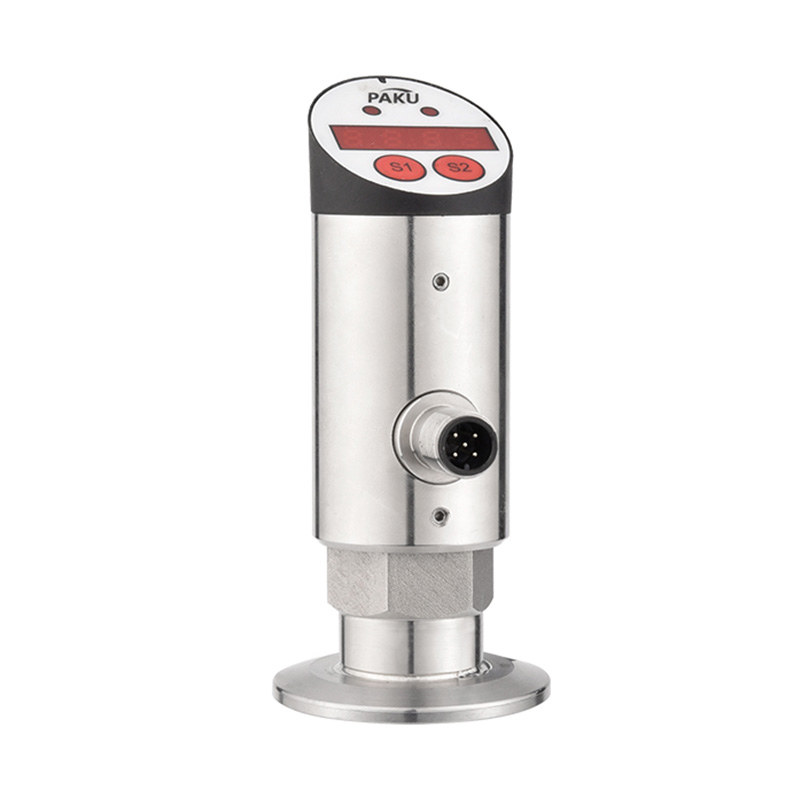
2.6.2 Advantages and Disadvantages
Advantages:
- Exceptional long-term stability
- High accuracy
- Digital-friendly output
Disadvantages:
- More expensive than conventional sensors
- Sensitive to manufacturing precision
2.6.3 Common Applications
- Aerospace navigation
- Industrial process control
- Scientific instrumentation
3. Key Specifications and Parameters
When selecting or evaluating a pressure sensor, it is essential to understand the key specifications and parameters that determine its performance and suitability for an application.
3.1 Pressure Range
- Defines the minimum and maximum pressures the sensor can measure reliably.
- Expressed in units such as Pa, kPa, bar, psi, or atm.
- Choosing the correct range ensures that the sensor is neither overloaded nor operating below its effective resolution.
3.2 Accuracy and Precision
- Accuracy: The degree to which the sensor’s output matches the true pressure value. Often given as a percentage of full-scale (%FS).
- Precision (or repeatability): The ability of the sensor to produce the same output under identical conditions.
- Applications requiring medical or aerospace reliability demand very high accuracy, while consumer devices may accept moderate accuracy.
3.3 Operating Temperature
- Defines the range of temperatures within which the sensor can function properly without performance degradation.
- Many sensors require temperature compensation to reduce measurement errors caused by thermal drift.
3.4 Response Time
- The time taken by the sensor to react to a change in pressure and stabilize at a new reading.
- Critical for dynamic applications such as combustion monitoring or airspeed measurement in aircraft.
3.5 Stability
- The ability of a sensor to maintain consistent performance over time.
- Long-term drift, aging effects, or environmental stress can degrade stability.
- Important for process control and calibration-sensitive industries.
3.6 Output Signal (Analog vs. Digital)
- Analog Output: Voltage (e.g., 0–5 V), current (e.g., 4–20 mA), or resistance-based signals.
- Simple to use but more susceptible to noise. - Digital Output: Interfaces such as I²C, SPI, or CAN bus.
- Offers better noise immunity, easy integration with microcontrollers, and allows built-in calibration.
4. Applications of Pressure Sensors
Pressure sensors are widely used across industries, enabling safety, efficiency, and innovation. Below are the major application domains with representative use cases.
4.1 Automotive Industry
4.1.1 Tire Pressure Monitoring Systems (TPMS)
- Continuously monitor tire pressure to ensure safety, improve fuel efficiency, and reduce tire wear.
- Required by regulations in many countries.
4.1.2 Engine Management
- Measure manifold air pressure, fuel pressure, and exhaust gas recirculation pressure.
- Enable optimized combustion, reduced emissions, and improved performance.
4.2 Medical Devices
4.2.1 Blood Pressure Monitoring
- Non-invasive (cuff-based) or invasive (catheter-based) measurements rely on pressure sensors for accurate readings.
- Essential for patient diagnostics and long-term health monitoring.
4.2.2 Infusion Pumps
- Ensure precise delivery of fluids and medications by monitoring line pressure.
- Detect blockages or leaks in real time for patient safety.
4.3 Industrial Automation
4.3.1 Process Control
- Monitor pressure in pipelines, reactors, and chemical plants.
- Enable stable operation and compliance with safety standards.
4.3.2 Hydraulic Systems
- Measure and regulate hydraulic pressure in machinery and robotics.
- Prevent mechanical failure by maintaining optimal system pressure.
4.4 Aerospace
4.4.1 Altitude Measurement
- Barometric pressure sensors are critical in altimeters for aircraft and spacecraft.
- Provide altitude data for navigation and safety.
4.4.2 Air Speed Measurement
- Pitot tubes combined with pressure sensors determine airspeed.
- Essential for flight control and stability.
4.5 Environmental Monitoring
4.5.1 Weather Forecasting
- Pressure sensors in weather stations measure barometric pressure trends.
- Key for predicting storms, cyclones, and atmospheric conditions.
4.5.2 Water Level Monitoring
- Measure pressure at specific depths to determine liquid levels in rivers, reservoirs, and tanks.
- Support flood warning systems and water resource management.
4.6 Consumer Electronics
4.6.1 Barometric Pressure Sensors in Smartphones
- Enable elevation tracking for navigation and fitness apps.
- Improve GPS accuracy by providing altitude information.
- Support indoor navigation in multi-level buildings.
5. How to Select the Right Pressure Sensor
Choosing the appropriate pressure sensor is a critical step in ensuring accurate measurements, system reliability, and cost-effectiveness. The following factors provide a structured approach to selection:
5.1 Define Your Application Requirements
- Clarify whether the sensor will measure absolute, gauge, or differential pressure.
- Identify whether the application is static (e.g., tank monitoring) or dynamic (e.g., combustion analysis).
- Specify operating conditions such as pressure range, temperature, and environment.
5.2 Consider the Pressure Range
- Select a sensor whose range comfortably covers the expected operating pressure.
- Avoid using sensors at the extreme ends of their range, as this reduces accuracy and lifespan.
- A good rule of thumb is to choose a range about 1.5–2 times higher than the maximum expected pressure.
5.3 Evaluate Accuracy and Stability
- Match sensor accuracy with application needs:
- Medical and aerospace: require high accuracy (≤0.1% FS).
- Consumer electronics: moderate accuracy is sufficient.
- Consider long-term stability to minimize recalibration costs and ensure consistent performance.
5.4 Understand the Operating Environment
- Determine exposure to factors such as temperature extremes, humidity, vibration, or corrosive media.
- Select materials (e.g., stainless steel, ceramics) and protective coatings that resist environmental damage.
- Ensure compliance with safety and regulatory standards in specific industries.
5.5 Choose the Appropriate Sensor Type
- Match sensor technology to requirements:
- Piezoresistive: general-purpose, cost-effective.
- Capacitive: high resolution, low power.
- Piezoelectric: fast response for dynamic events.
- Optical or resonant: high precision and stability in specialized environments.
5.6 Assess the Output Signal and Interface
- Analog outputs (voltage/current): simple integration, but prone to noise.
- Digital outputs (I²C, SPI, CAN): better noise immunity, support for smart features.
- Ensure compatibility with the system’s data acquisition hardware.
5.7 Factor in Cost and Availability
- Balance performance with budget.
- Consider total lifecycle costs, including calibration, maintenance, and potential replacements.
- Verify supplier reliability and component availability for long-term projects.
6. Emerging Trends in Pressure Sensor Technology
As industries demand higher performance, miniaturization, and smarter sensing capabilities, pressure sensor technology continues to evolve. The following trends highlight where the field is heading:
6.1 Miniaturization
- Advances in MEMS (Micro-Electro-Mechanical Systems) have enabled the creation of extremely small sensors.
- Benefits:
- Integration into compact devices such as smartphones, wearables, and implantable medical systems.
- Reduced power consumption.
- Example: Barometric pressure sensors in smartphones are now smaller than a grain of rice while maintaining high accuracy.
6.2 Wireless Pressure Sensors
- Enable pressure monitoring without wired connections by using Bluetooth, Wi-Fi, or LoRa communication.
- Benefits:
- Suitable for remote, rotating, or hard-to-access locations.
- Ideal for Industrial IoT (IIoT) and smart city applications.
- Example: Wireless tire pressure monitoring systems and smart factory equipment.
6.3 High-Temperature Pressure Sensors
- Developed for harsh environments such as aerospace engines, oil exploration, and industrial turbines.
- Use materials like silicon carbide (SiC) or sapphire that maintain stability at >500°C.
- Benefit: Ensure reliable performance in extreme conditions where conventional sensors fail.
6.4 Flexible Pressure Sensors
- Built on flexible substrates (e.g., polymers, nanomaterials) that can bend, stretch, and conform to surfaces.
- Benefits:
- Enable integration into wearable electronics, prosthetics, and e-skin applications.
- Detect subtle pressure variations, making them ideal for healthcare monitoring.
- Example: Flexible patches that monitor blood pressure or respiration in real time.
7. Troubleshooting Common Issues
Even high-quality pressure sensors can encounter problems during operation. Understanding common issues and their solutions helps ensure reliable performance and minimizes downtime.
7.1 Inaccurate Readings
Possible Causes:
- Incorrect sensor calibration
- Pressure range mismatch
- Temperature effects or lack of compensation
- Mechanical damage to diaphragm
Solutions:
- Recalibrate the sensor regularly
- Verify sensor range matches application pressure
- Apply temperature compensation or use a temperature-stable sensor
- Inspect and replace damaged components
7.2 Drift
Description:
- Gradual change in sensor output over time without actual pressure change.
Possible Causes:
- Material aging
- Environmental stress (humidity, thermal cycling)
- Electronic component degradation
Solutions:
- Perform scheduled recalibrations
- Use sensors with high long-term stability
- Protect the sensor from harsh environmental conditions
7.3 Signal Noise
Possible Causes:
- Electromagnetic interference (EMI) from nearby equipment
- Poor grounding or shielding
- Long or unshielded cables for analog outputs
Solutions:
- Improve cable shielding and grounding
- Use digital output sensors (I²C, SPI, CAN) where possible
- Relocate sensor or equipment to reduce EMI exposure
7.4 Calibration Problems
Possible Causes:
- Incorrect reference pressure source
- Human error during calibration procedure
- Software misconfiguration in digital sensors
Solutions:
- Use certified calibration equipment
- Train personnel on proper calibration techniques
- Double-check software settings and firmware updates

 en
en English
English Русский
Русский España
España عرب .
عرب .